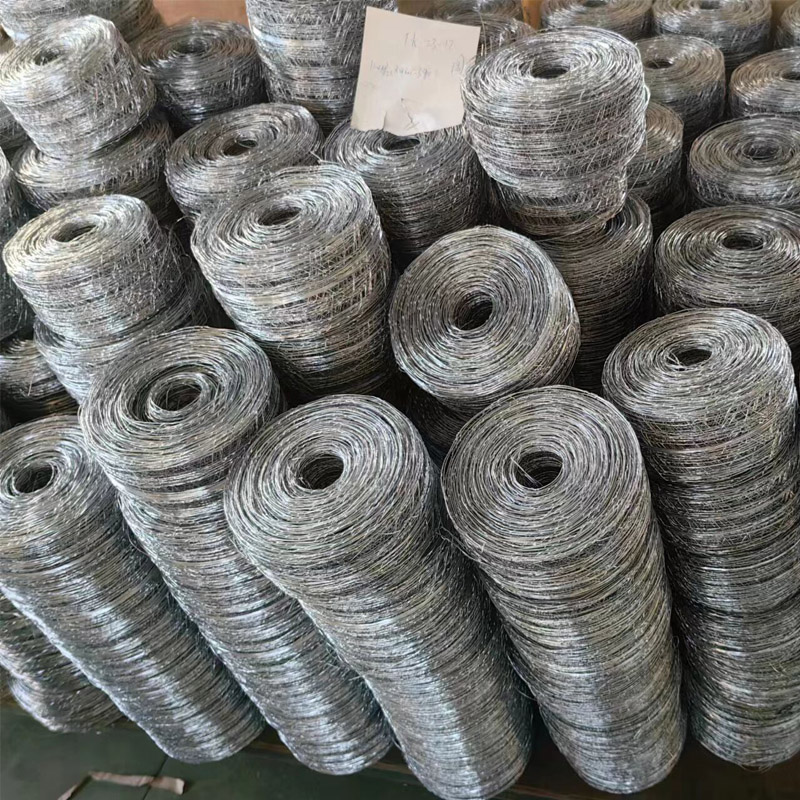
- Mobile Phone
- +8613931874955
- sales@cntcmetal.com
Estimating the Cost of Welded Wire Mesh for Various Applications and Projects
Understanding Weld Mesh Cost Factors and Considerations
Weld mesh, also known as welded wire mesh, is a crucial element in various construction, agricultural, and industrial applications. It is formed by electrically welding horizontal and vertical wires together at each intersection, creating a robust grid-like structure. While it offers exceptional strength and versatility, understanding the factors that influence the cost of weld mesh is important for businesses and individuals looking to make informed purchasing decisions.
Material Quality
The primary factor affecting the cost of weld mesh is the quality of the materials used in its manufacture. Typically, weld mesh is made from either mild steel or stainless steel. Mild steel is generally less expensive but may not withstand harsh environmental conditions as effectively as stainless steel. If a project requires resistance to corrosion, such as in coastal areas or environments with high humidity, investing in stainless steel weld mesh is advisable despite the higher initial cost. Thus, the choice of material significantly impacts the overall expense.
Wire Gauge and Mesh Size
Weld mesh comes in various wire gauges and mesh sizes, each tailored for specific applications. Thicker wires (lower gauge numbers) provide greater strength, but they also come at a higher price point. Similarly, a smaller mesh size may enhance security and stability, but it typically requires more materials and thus increases cost. When budgeting for weld mesh, it’s essential to evaluate the specific needs of your project to determine the most cost-effective balance between strength and mesh size.
Manufacturing Processes
The method of manufacturing also plays a crucial role in determining weld mesh cost. Mass production of weld mesh often leads to economies of scale, which can reduce costs significantly. Conversely, custom-made or specialty weld mesh products may carry a premium price due to the increased labor and specialized equipment required. Understanding whether you need a standard product or something tailor-made can greatly influence your budget.
weld mesh cost

Transportation and Logistics
Transportation costs are another vital consideration when evaluating weld mesh prices. Bulk shipments from manufacturers might offer better pricing, but high transportation costs can erode these savings. Additionally, geographic location matters; if you’re located far from the manufacturing plant, costs can increase. Therefore, it’s important to factor in shipping and handling fees when comparing prices from different suppliers.
Market Demand and Seasonal Variations
The cost of weld mesh can also fluctuate based on market demand and seasonal variations. Certain times of the year, such as peak construction seasons, may see a spike in demand, leading to increased prices. Conversely, during periods of low demand, prices might decrease. Keeping informed about market trends and timing your purchase strategically can help mitigate costs.
Durability and Longevity
Although the initial cost of weld mesh is an important consideration, its long-term durability and maintenance should not be overlooked. Investing in higher-quality weld mesh can save money in the long run by reducing the need for repairs and replacements. Evaluating the lifespan and maintenance requirements of different types of weld mesh will provide a clearer picture of their total cost of ownership.
Conclusion
When considering the cost of weld mesh, it is essential to evaluate various factors including material quality, wire gauge, manufacturing processes, transportation, market demand, and durability. By understanding these elements, buyers can make informed decisions that align with their budget and project requirements. Ultimately, while initial price is important, the value derived from a well-chosen weld mesh product can lead to significant benefits in strength, longevity, and performance.
share:
-
Your Source for Concrete Wall Ties and Masonry AccessoriesNewsJul.10,2025
-
Unlocking the Power of Iron Wire for Every ProjectNewsJul.10,2025
-
Explore Advanced Chain Wire and Stainless Steel Mesh FencingNewsJul.10,2025
-
Discover the Benefits of Annealed Wire ProductsNewsJul.10,2025
-
Discover China Stainless Steel Wire Mesh SolutionsNewsJul.10,2025
-
Build with Confidence Using High-Performance Masonry AccessoriesNewsJul.10,2025
-
Why Sacrificial Formwork Is Redefining Underground ConstructionNewsJun.06,2025



















